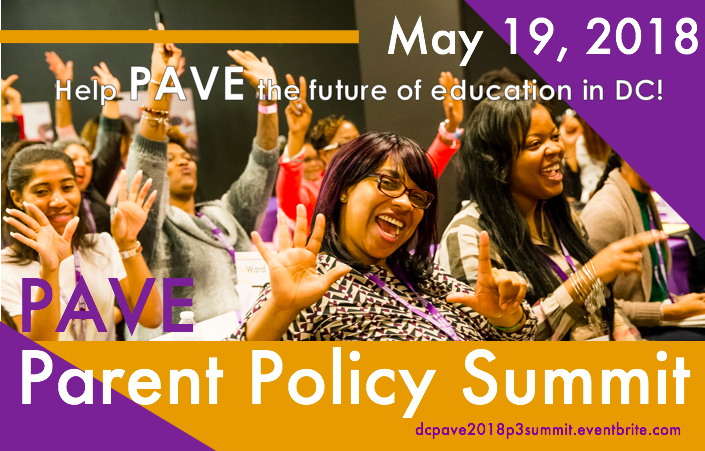As a PAVE parent leader, I am always focused on identifying ways to better support our students and families.
From my experience with my own children, Nahla, age 12, and Isaiah, age 11, I know that there is so much more to a child’s happiness and success in school than what happens in the classroom. Children need love, encouragement, nutritious food, good healthcare, a safe home, life skills, and much, much more. 
The idea of equity cannot end at the schoolhouse door. It has to extend beyond the school day. Real equity means ensuring that students, and people overall, have all the resources and opportunity they need to be successful. Just as a table can’t stand without all four legs, a child or adult can’t flourish without a holistic understanding of their basic–and not so basic needs.
This is what we at PAVE mean when we say we need to support the WHOLE child. That’s why we advocate for enhanced School-based Mental Health (SBMH) services and big expansions of Out-of- School Time (OST) programs. And that’s why we as PAVE parent leaders also want to see our schools and communities supported even more broadly.
Here are just a few examples of what I mean:
We need better coordination of care for students. It’s not good enough for one city agency to provide a student with one of the services they’re entitled to without understanding how those services might support or conflict with other support the student receives from an entirely different agency or program office. Just as a general practitioner and a medical specialist will both have access to a patient’s medical records to fully understand what an individual has and is currently receiving in the way of care, so too should our city agencies share information to better serve young people–and families more generally.
We need to meet families where they are: providing information about the resources that do exist, and the opportunities they do qualify for, in an active and assertive fashion. Sending out an email with program information somewhere toward the bottom of the page just once or twice isn’t good enough – but that’s often what passes for community engagement. City services and providers should be pushing information into the hands, and in front of the eyes of families wherever they are: both physically and digitally. Too often there are good programs that exist, and have capacity, yet fail to reach their full scale of impact because those who are eligible or in need of those programs do not have the information or capacity to do what is necessary to engage with those resources. DC can do better.
We also need to invest in more preventative strategies and efforts that really get to the root of issues that cause barriers to success and wellbeing for students. Too often we’re throwing all of our money at reactionary or remedial strategies–trying to intervene after the problem is already full blown. Instead, let’s invest in early childhood and family wellbeing services and programming so that from birth to graduation, babies, young children, and adolescents get all the knowledge, resources, support, and opportunities they need to flourish.
And finally, we need to see where the various social determinants of wellbeing intersect with the growth of children across their lives. That means ensuring schools and communities are safe, healthy, and caring environments. That means that good nutrition and health care (mental health inclusive) are readily available for all residents. And it means that the diverse identities of our young people are positively supported, and that children grow up with a strong sense of self-worth and direction.
These are just a few ways that we can more broadly support students, families, and whole communities.
These ideas are nothing new for my fellow PAVE parent leaders, but we need public officials to take note and take action.

